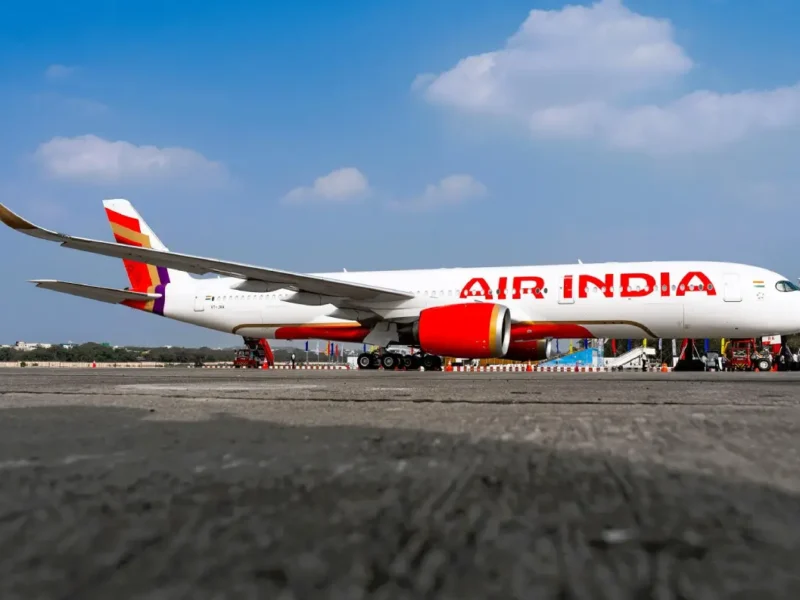
Labor Department Proposes Delaying a Boost in Minimum Wages for H-1B Workers Until 2023
The U.S. Labor Department has proposed a new rule that would delay a boost in minimum wages for foreign workers, such as those on H-1B visas, until Jan. 1, 2023. Indian American immigration attorney Cyrus Mehta told India-West in January that the Trump Administration had skewed prevailing wages and artificially inflated them so that employers would have to pay higher than market wages. (Twitter photo/immivoice)
SUNITA SOHRABJI/India-West Staff Reporter
The U.S. Labor Department proposed March 22 a new rule that would delay a boost in minimum wages for foreign workers until Jan. 1, 2023.
The proposed rule is known as the “Strengthening Wage Protections for the Temporary and Permanent Employment of Certain Immigrants and Non-Immigrants in the United States: Proposed Delay of Effective and Transition Dates, and can be viewed here — https://bit.ly/3ck3udj. It has a 30-day comment period.
The proposed minimum wage hike would affect employers seeking to employ H-1B, H-1B1 and E-3 visa workers. Indian nationals make up more than 70 percent of the H-1B workforce, while the H-1B1 visa applies to Chile and Singapore. E-3 visa holders are largely Australian nationals.
The Labor Department said it needed additional time to review the labor market before imposing the rules. “The proposed delay will provide the department with sufficient time to consider the rule’s legal and policy issues thoroughly, and issue an upcoming Request for Information and gather public comments on the sources and methods for determining prevailing wage levels,” said the agency in a press statement.
“The proposed delay will also give agency officials sufficient time to compute and validate prevailing wage data covering specific occupations and geographic areas, complete necessary system modifications and conduct public outreach,” said the Labor Department.
Earlier in the month, the Biden Administration proposed a 60-day delay in phasing in the new wage levels.
The boost in minimum wages for foreign workers is a holdover from the former Trump Administration. Days before he left office, Trump’s Labor Department raised prevailing wages for foreign workers. “The U.S. Department of Labor is taking these steps to strengthen wage protections, address abuses in visa programs, and protect American workers from being undercut by cheaper foreign labor,” said former Labor Secretary Eugene Scalia.
“These changes help ensure that these important foreign worker programs function as Congress intended, while securing American workers’ opportunities for stable, good-paying jobs,” said Scalia, adding that the rule is intended to bring the wages of foreign workers in line with wages for U.S. workers.
Entry level workers currently in the 45th percentile would jump to the 35th percentile under that rule: thus, a $75-80,000 per year wage would increase to about $120,000. Level 4 wage workers, the highest earners, as determined by Occupational Employment Statistics, would make a more modest jump from the 95th percentile to the 90th percentile.
Indian American immigration attorney Cyrus Mehta told India-West in January that the Trump Administration had skewed prevailing wages and artificially inflated them so that employers would have to pay higher than market wages.
The new rule by the Trump Administration was issued shortly after it lost a lawsuit last November brought about by the U.S. Chamber of Commerce and the Bay Area Council. Sean Randolph, senior director of the Bay Area Council Economic Institute, told India-West after the ruling: “It’s pretty blatant what the Trump administration has attempted to do. For the past four years, they have been trying to reduce immigration in all forms.”
Randolph noted that President Joe Biden has made some positive remarks about international talent. But the new administration has left intact Trump’s mandate banning foreign workers from abroad amid the COVID-19 pandemic. That measure is set to expire March 31, and Biden is unlikely to renew it.
Moreover, in a sweeping immigration bill he sent to Congress last month, Biden left the cap on H-1B visas untouched at 85,000 per year.
In related news, U.S. Citizenship and Immigration Services announced March 12 that it would re-consider some H-1B applications rejected by the Trump administration, now that three policy memos issued by the former president have been rescinded.
The agency said it “may reopen and/or reconsider adverse decisions on Form I-129, Petition for a Nonimmigrant Worker, made based on three rescinded policy memos.”
“USCIS will generally use its discretion to accept a motion to reopen filed more than 30 days after the decision, if filed before the end of the validity period requested on the petition or labor condition application, whichever is earlier, and the decision was based on one or more policies in the rescinded H-1B memoranda.”
Petitioners can request USCIS to re-examine their cases, if they fit within the timeline of acceptability. The memo can be read here: https://bit.ly/2P0zXfG




